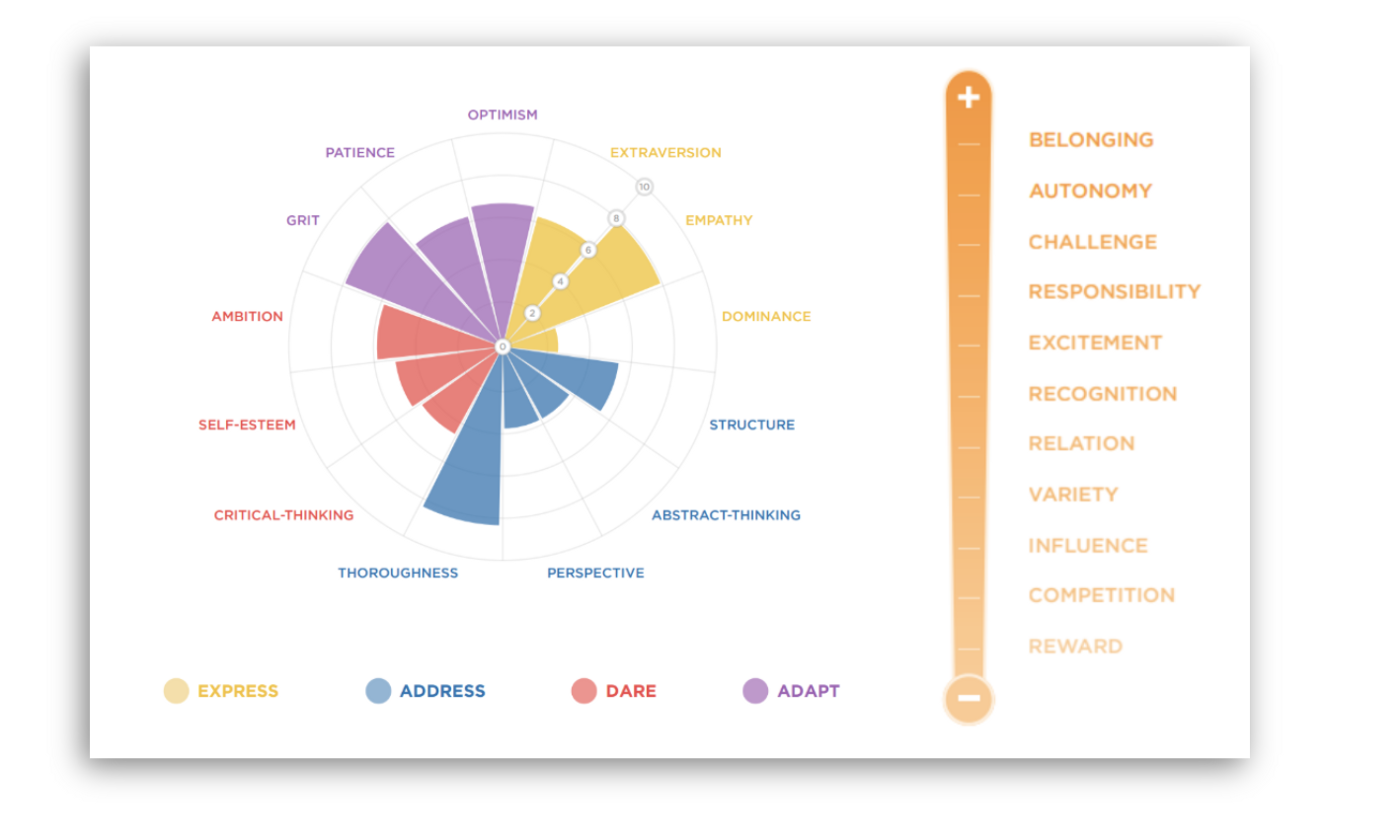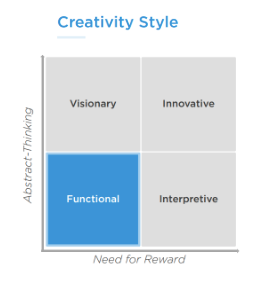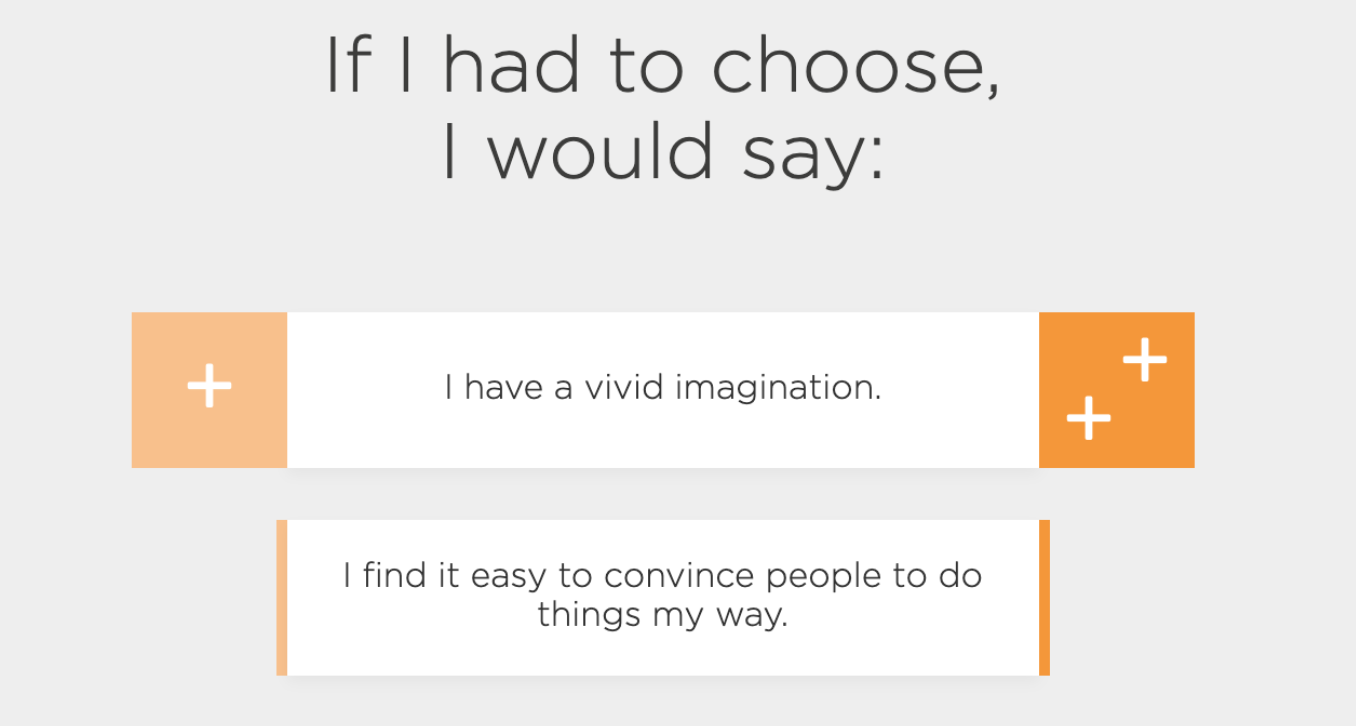Introducing the MyPrint® Assessment
Think about your first cell phone. What features did it have? What technology has remained consistent, and what has evolved over time? Would you prefer to be using that same technology today?
Just as our cell phones change over time, other things in our lives evolve as we grow in our abilities and develop as a society. Among those is our soft-skills assessment here at Talentobe!
mYti© to MyPrint®
If you have been a member of our Talentobe community, then you’ve probably experienced the mYti© assessment, our original personality and motivations questionnaire. If you visit our website today, you will see the latest innovation in Talentobe’s science, MyPrint®, our brand new soft skills assessment. MyPrint® still measures personality and motivations but in an even more accurate way than before!
Theoretical Background
The theoretical background of the MyPrint® assessment is based on long-standing theories of personality and motivations within the psychology community. The personality dimensions are based on the Five-Factor Model of personality, which is considered the standard in personality trait measurement across cultures and has been proven reliable by more than 40 years of research¹. Our motivation dimensions are derived from Maslow’s Hierarchy of Needs² and the Self Determination Theory³, both of which left a strong legacy in the definition and measurement of motivational factors⁴.
Our Dimensions
Think back to our cell phone analogy. Your first phone probably had a lot of the same features that your phone has today (such as texting and calling capabilities) but they might look a little bit different; for example, now most cell phones have the ability to voice text or video call.
In the same way, the MyPrint® assessment has a lot of the same features as the mYti©. These features may look different, however. For example, we are still measuring personality and motivations and providing information about professional behaviors. Some of our scales have remained the same, such as Patience, and others are simply represented in a new way. For example, the Creativity scale is no longer a part of the personality radar, but it can still be found in our professional behaviors. With this change, we have been able to simplify our personality radar and motivation chart, without compromising member results.
Our Science
In addition to the scales and dimensions that we have updated, you might also notice that the questionnaire itself has changed. This is because we have updated the “behind the scenes” statistics and calculations for the assessment to use cutting edge technology, a lot like what happens when your phone receives a software update.
Just like the mYti© assessment, the MyPrint® uses “forced-choice” questions. This format provides two statements that are equally desirable, so it takes away what is called the Social Desirability Bias of trying to find the “right answer” to the questionnaire and gives the user the freedom to answer in the most truthful way possible.
The MyPrint® questionnaire takes the forced-choice question format one step further to not only have the user choose the statement that fits them the best, but to indicate to which extent that statement better suits them. This concept is called “multidimensional binary forced-choice with graded preferences” — one of the most recent and useful innovations in psychometrics⁵. More importantly, this is how Talentobe is able to achieve greater accuracy through developing our new MyPrint soft-skills assessment.
Experience the MyPrint®
The best part about a new phone is getting to try it out and see all of the new features! Now that you know more about our updated product, try it for yourself! Visit www.talentoday.com and take the MyPrint® assessment. If you want to learn more about our science click here and download the MyPrint® Technical Manual!
If you’re interested in your own one page report, premium report or in learning more information about Talentobe, please visit www.talentoday.com or contact our experts at contact@talentobe.com.
¹ Barrick, M. R., & Mount, M. K. (1991). The Big Five personality dimensions and job performance: A meta-analysis. Personnel Psychology, 44(1), 1–26.
² Maslow, A. H. (1943). A theory of human motivation. Psychological Review, 50(4), 370‐396.
³ Deci, E. L. & Ryan, R. M. (2000). Self-determination theory and the facilitation of intrinsic motivation, social development, and well-being. American Psychologist, 55, 68–78.
⁴ Costa, P. T., & McCrae, R. R. (1985). The NEO Personality Inventory manual. Odessa, FL: Psychological Assessment Resources.
⁵ Brown, A., & Maydeu-Olivares, A. (2017): Ordinal Factor Analysis of Graded-Preference Questionnaire Data. Structural Equation Modeling: A Multidisciplinary Journal, 25(4), 516–529.



